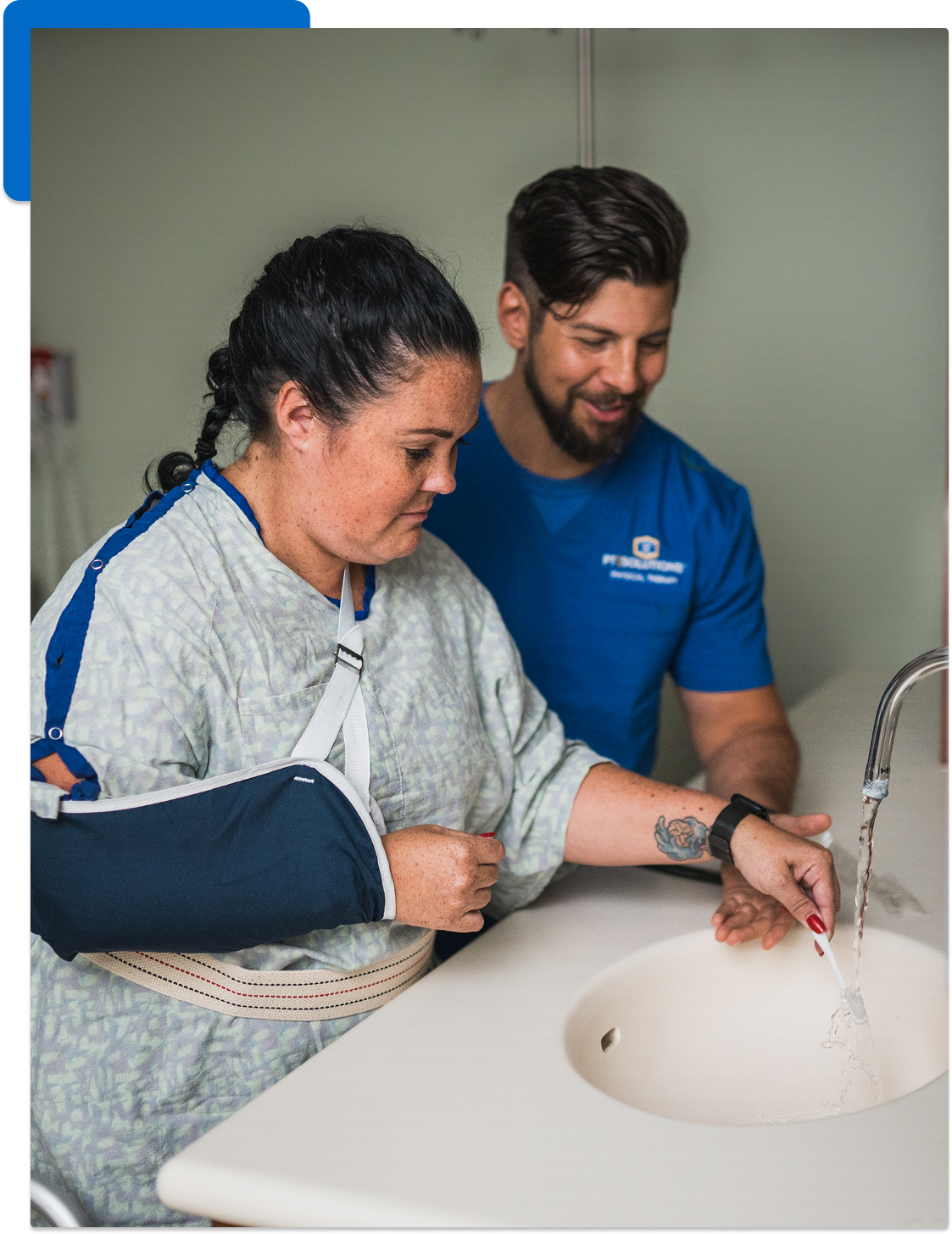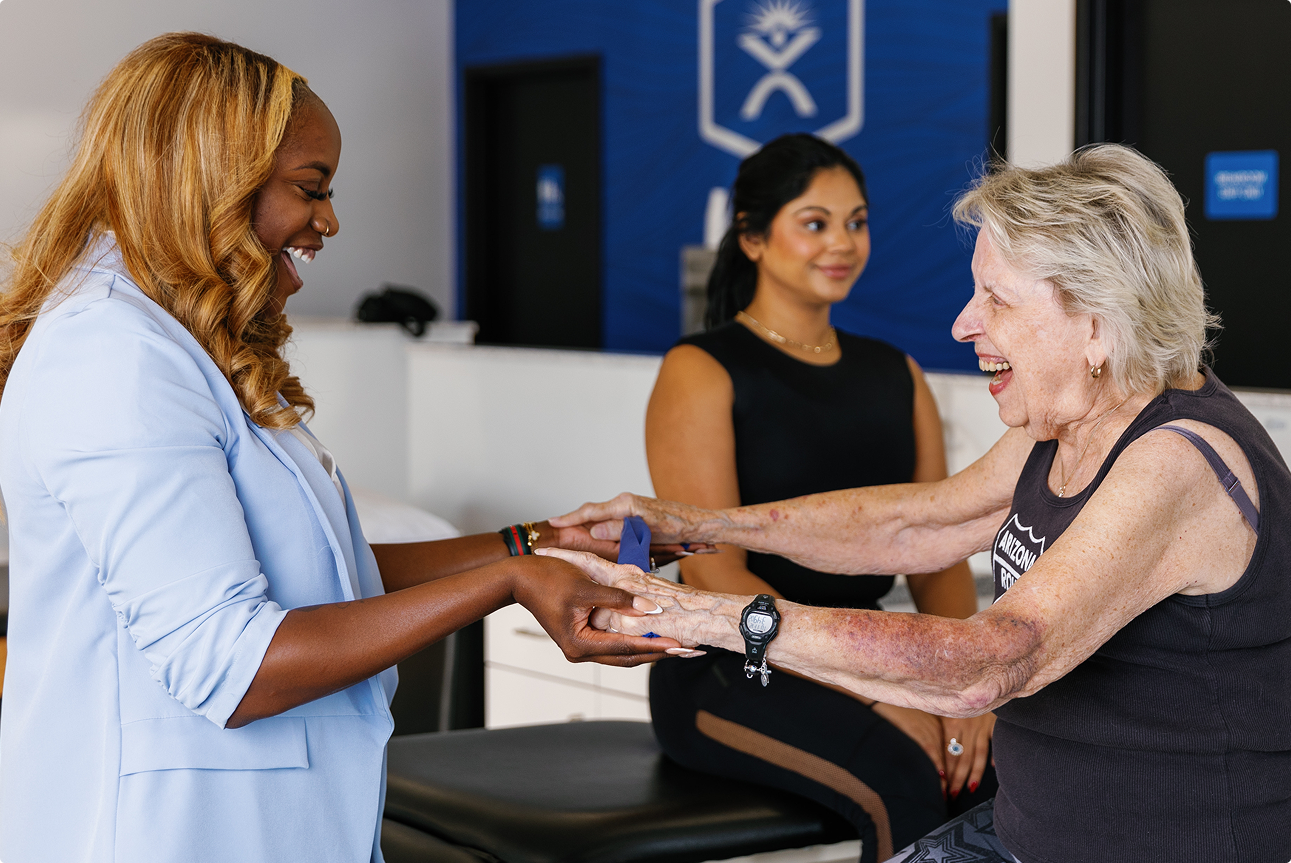Occupational therapy is designed to help individuals regain independence and confidence in their daily activities. By focusing on physical, cognitive, and sensory skills, occupational therapists work to ensure that patients can navigate their environments safely and efficiently.
Occupational therapy is more than rehabilitation—it’s about reclaiming control over activities of daily living and regaining life quality.
Here are some key benefits of occupational therapy for adults and children:
Restoring Daily Function
For many, even basic tasks like bathing, dressing, or using the restroom can become challenging due to injuries, illness, or disabilities. Occupational therapy helps patients relearn or modify these essential activities to promote independence and confidence.
Improving Strength and Endurance
Physical and cognitive endurance are crucial for maintaining an active lifestyle. Occupational therapists design strength-building exercises that enhance mobility, balance, and coordination while also addressing cognitive and visual deficits that may impact daily function.
Supporting Children with Developmental Delays
Pediatric occupational therapy plays a key role in early intervention, focusing on motor skills, communication, sensory processing, and play development. Pediatric occupational therapists work closely with families to create supportive home and school environments, ensuring children develop the skills needed for growth and independence.
Aiding Recovery After Injuries
Injury rehabilitation often includes occupational therapy to restore function and prevent re-injury. Whether recovering from surgery, a workplace injury, or a traumatic event, occupational therapists provide exercises and strategies to help patients return to their normal routines safely.
Adapting Environments for Better Accessibility
OT therapy isn’t just about improving movement—it’s also about creating a safe and functional living space. Therapists may recommend adaptive equipment, home modifications, or ergonomic adjustments to make everyday tasks easier and reduce strain on the body





